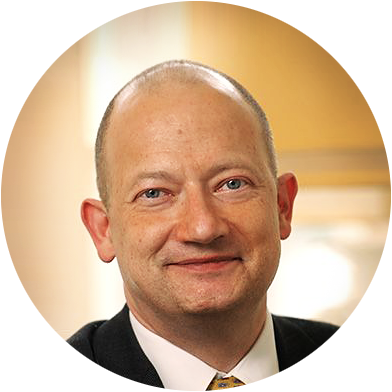In its ruling of 20 May 2009, the BFH (Case No. VIII R 6/07) confirmed its established case law according to which a practice breakdown insurance policy – also known as business breakdown insurance – for the event of illness or accident of the self-employed person is to be allocated to the private lifestyle.
Anyone who deducts corresponding insurance premiums from their taxes exposes themselves to the suspicion of tax evasion. For years, numerous insurers have been providing guidance in this regard through their advertising brochures and the corresponding training of their agents. Only if operational risks, e.g. the closure of a doctor’s practice due to the risk of epidemics, or the closure of a business following a fire, storm or burglary are insured, can a proportional allocation to the operational area be considered.
The cause of the risk must therefore originate from within the company, e.g. in the case of company-specific illness and accident risks. Otherwise, they are costs of private living. It is possible that in exceptional cases such premiums can be partially taken into account for tax purposes as special expenses. Even a southern German state medical association is apparently fooled by the faulty marketing of some insurers. It is announced unseen that the premiums of the practice loss insurance are tax deductible. The conclusion that the insurer’s benefits are taxable is then just as legally erroneous.
For example, some freelancers have taken out far too high insurance sums with insurers because they were told that in the event of a claim they would still have to pay taxes on the insurer’s benefits. Appropriate insurance sales training also exposes intermediaries and training managers to such liability under § 826 BGB. In addition, there is the accusation of fraud according to § 263 StGB (German Criminal Code), because corresponding insurers themselves or through their intermediaries deceived the customers about the fact that there was a qualification and authorization to give advice on tax matters.
by Dr. Johannes Fiala and Dipl.-Math. Peter A. Schramm
Courtesy of www.hausarzt-online.de.
(published in Der Hausarzt 16/2009, page 40)
